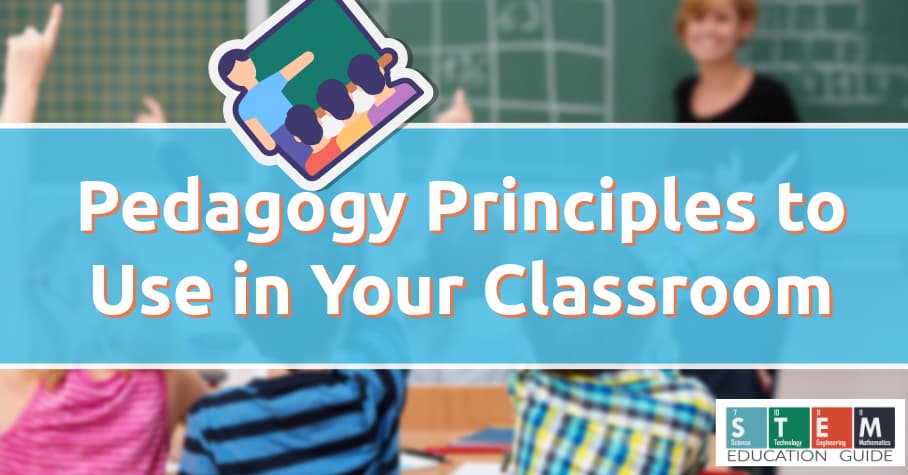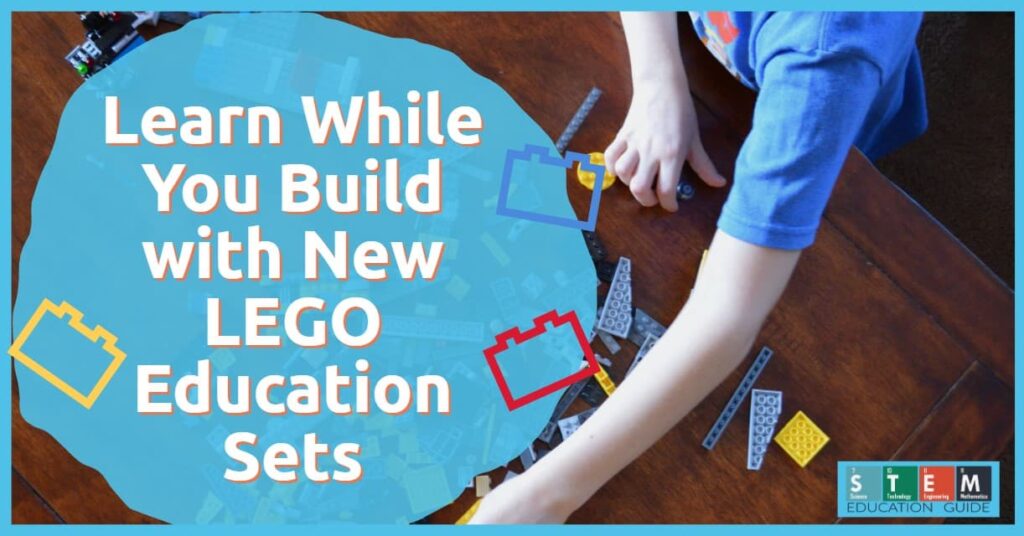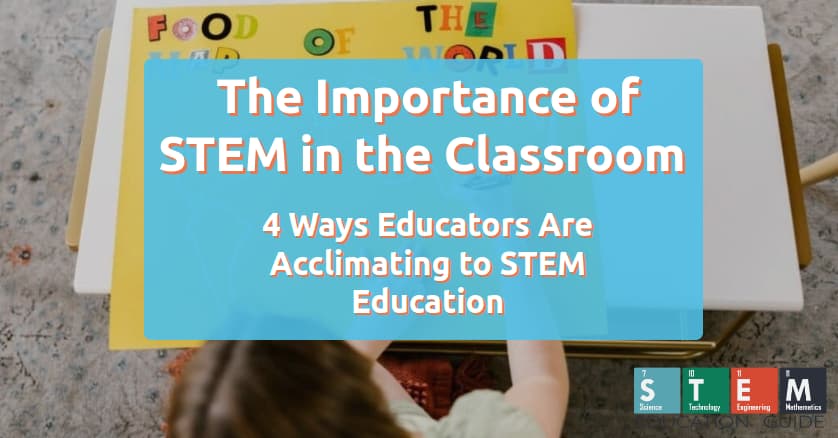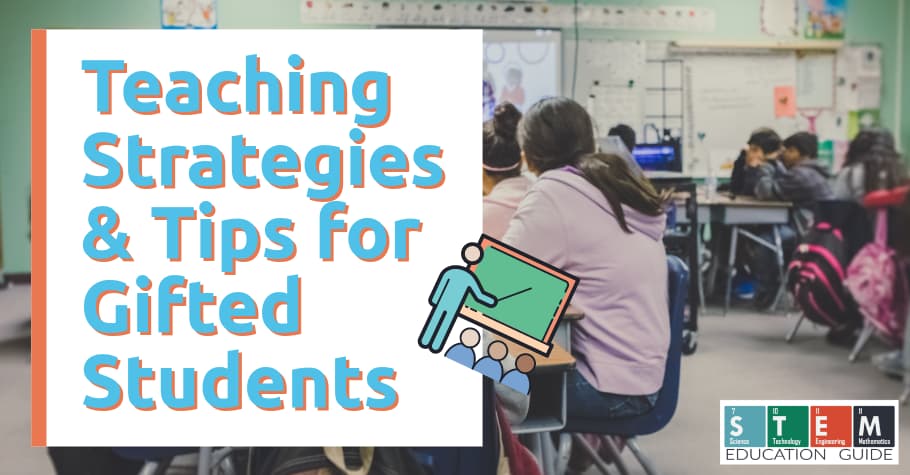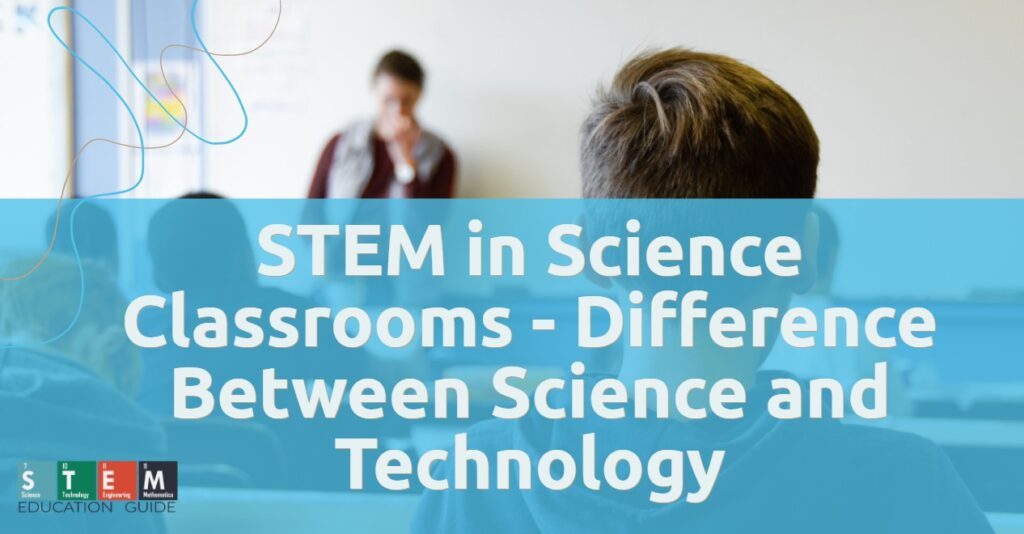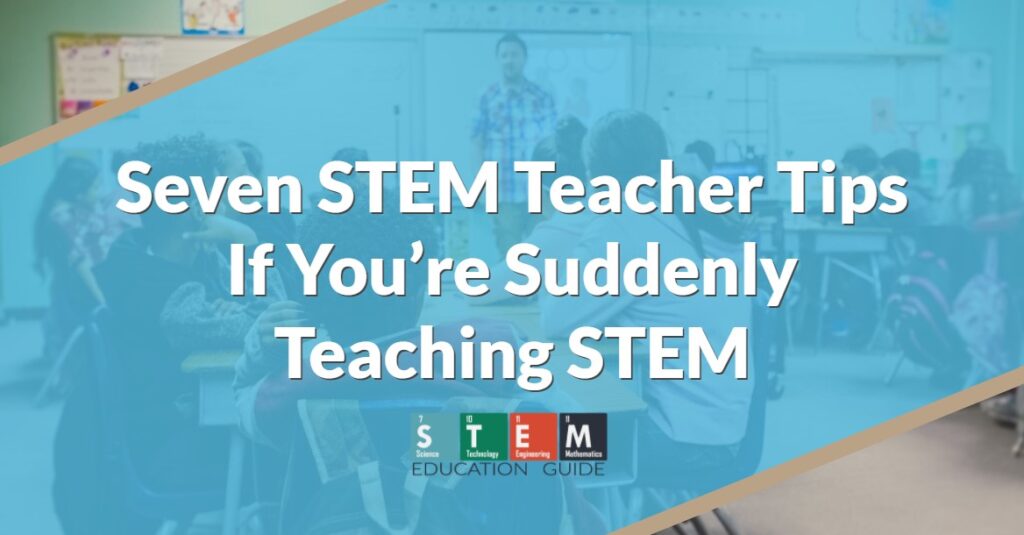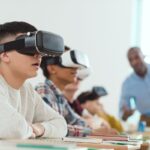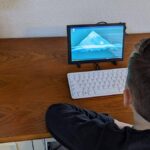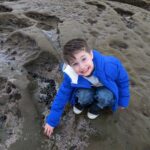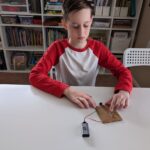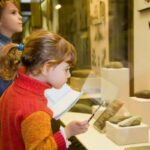“Never make fun of someone if they mispronounce a word. It means they learned it by reading” – Anonymous.
Have you ever come across this quotation? Pedagogy was almost a word like that for me.
Pronounced ped-uh-GAH-jee, many sources define pedagogy as the theory and practice of teaching. In other words, pedagogy encompasses both the what and the why: what teaching strategies are you employing throughout a lesson, and why did you choose those? Further, what beliefs about teaching and learning underlie these instructional choices?
Teachers make a lot of choices: Edweek published an article claiming that they make over 1,500 every day! Through an abundance of decisions, a handful of learning theories, a variety of personal beliefs, and a diverse student body, pedagogy shifts to fit ever-changing contexts. Let’s take a closer look.
Table of Contents
Pedagogy Teaching Strategies
Most teachers have a well-stocked cache of instructional strategies to pull from. For each lesson, they plan everything from methods of delivery, lesson sequence, opportunities for practice, form and frequency of assessment, and an array of overt and covert classroom management strategies in order to maximize learning potential.
Good pedagogy means selecting the best-aligned strategies in the context of the group, the environment, and the task(s) at hand.
Basic teaching strategies that consistently underpin effective pedagogy include small or whole group work, independent practice, and opportunities for assessment. Cultural variants and emerging research add depth to the design with more nuanced and specific strategies. These are just a few instructional practices supported by current research and trends in education:
- Project-based learning.
- Technology integration.
- Personalized learning.
- Culturally responsive teaching.
Differentiated instruction is another essential approach to effective pedagogy, which we’ll touch on later.
Teacher Preparation
Most educators develop their pedagogical beliefs and expertise during their teacher preparation programs. Foundational courses for educators cover the basics, while specialized courses incorporate current and culturally relevant promising practices.
Common learning and cognitive development theories explored in most educator preparation programs include Piaget’s constructivist four-stages theory and Vygotsky’s sociocultural theory.
In short, Jean Piaget outlines four stages of development:
- Sensorimotor stage: Birth to 2 years.
- Preoperational stage: Ages 2 to 7.
- Concrete operational stage: Ages 7 to 11.
- Formal operational stage: Ages 12 and up.
He further describes the cognitive functions that develop within each stage (for example, inductive reasoning begins in the concrete operational stage). This means that children learn to use generalization to draw conclusions sometime between ages 7 and 11.
Soviet Psychologist Lev Vygotsky’s theory of sociocultural development is sometimes positioned counter to Piaget’s, while other times they are latticed together.
Vygotsky suggests that parents, caregivers, teachers, and peers all influence children’s psychological development. Because of the role of social interaction in Vygotsky’s theory, he also suggests that development is influenced by cultural differences, adding important nuance to the basic stages of development.
Vygotsky is perhaps most well-known for defining the Zone of Proximal Development — new skills and knowledge that are within an individual learner’s grasp based on an existing schema but which still represent meaningful growth.
In addition to these major learning theories, most educators in the U.S. also learn the basics of Grant Wiggins & Jay McTighe’s Understanding by Design (UbD) framework (often simplified as “backward planning”). The model of planning instruction around the end goal and outlining specific elements of each lesson informs most teaching practices today.
In this model, teachers plan targeted summative assessments based on learning objectives and then build the rest of the lesson toward this desired outcome.
These are some of the most fundamental ingredients that shape the theory and practice (aka pedagogy) of K-12 education.
A great way of learning is through LEGOs. Check out our article, Learn While You Build with New LEGO Education Sets.
Pedagogy Classroom Environment
Pedagogy is not one specific strategy or practice, or even a set of practices, but rather the whole picture of how learning happens. This both includes and establishes the classroom environment.
Teachers mold the learning environment in their classrooms in a number of ways through deliberate choice and action. They make thoughtful decisions about the physical space — desk arrangements, bulletin boards and wall decor, classroom library, learning stations, and so on. They also set up norms, rules, and routines that build their classroom culture.
How the classroom is set up and what routines exist will depend on things like how much group work will happen, as well as learners’ needs, preferences, and personalities. Including student input in the development of norms ensures a more cohesive, responsive, and effective learning environment for all.
Do you know the importance of teaching STEM in the classroom? Please check out our article to find out, The Importance of STEM in the Classroom – 4 Ways Educators Are Acclimating to STEM Education.
Differentiation
As mentioned, pedagogy is all about the interplay between teaching strategies and learners’ needs, which means it might look different for different kids. In a classroom with multiple students who all have different strengths, interests, and identities, the most effective instruction involves differentiation.
Basically, this means that teachers will vary their instructional strategies in order to reach diverse learners. There are several ways this can happen. Reading Rockets examines a few methods for adjusting content, process, products, and learning environment in order to adequately support a broad range of students.
- Content – what the student needs to learn or how the student will get access to the information.
- Process – activities in which the student engages in order to make sense of or master the content.
- Products – culminating projects that ask the student to rehearse, apply, and extend what he or she has learned in a unit.
- Learning environment – the way the classroom works and feels.
For example, teachers might include manipulatives (hands-on tools), group or pair students strategically, pre-teach vocabulary words, or select materials that reflect a broad range of cultures and identities in order to reach everyone in their class.
In planning differentiation, Universal Design for Learning provides a helpful framework that guides educators toward thoughtful pedagogical choices for students with varying needs, interests, and backgrounds. This is a current, research-based model worth exploring.
Do you need teaching strategies for gifted students? Please take a look at our article, Teaching Strategies & Tips for Gifted Students: What You Need To Know!
Technology Integration in The Classroom
Another recent factor that impacts pedagogy is the use of technology in the classroom.
After increasing steadily for a few decades, educational tech use experienced a rapid boom due to the Covid-19 pandemic. Today, most teachers have Chromebooks or other computers in their classrooms and regularly incorporate them into their teaching practices. Some teachers even allow students to work on their phones.
Technology integration has a few advantages for today’s learners. As stated in an article from Edutopia:
When effectively integrated into the curriculum, technology tools can extend learning in powerful ways. These tools can provide students and teachers with:
- Access to up-to-date, primary source material.
- Methods of collecting/recording data.
- Ways to collaborate with students, teachers, and experts around the world.
- Opportunities for expressing understanding via multimedia.
- Learning that is relevant and assessment that is authentic.
- Training for publishing and presenting their new knowledge.
Parents and teachers know that technology (and particularly the internet) comes with inherent risk. Common Sense Media offers resources and lessons for teaching digital citizenship (e.g., being responsible and safe online) to learners of all ages.
Educators can also learn more about digital citizenship through a 15-hour self-paced course from the International Society for Technology in Education.
Research and best practice change all the time, but computers aren’t going anywhere anytime soon. It pays to be prepared and to have a solid plan for integrating technology into your learning environment as appropriate.
Let’s dig in deep and look at the differences between science and technology in the classroom in our article, STEM in Science Classrooms – Difference Between Science and Technology.
Pedagogy Assessment Techniques
Speaking of the internet, Google can help you find copious lists of assessment strategies (like this one). When selecting effective assessments for your group, it’s important to remember the interplay between teaching tools and learner profiles (aka pedagogy).
Assessment can be formal or informal, formative or summative. Most teachers assess student learning in a number of subtle ways throughout a lesson, such as simple checks for understanding. This might be done as a quick “stop and jot” on a whiteboard, or even just calling on students to answer a comprehension question.
Here’s another list of formative assessment options from NWEA.
An assessment might also include projects, quizzes, and tests, all of which might be done on a computer.
These could be self-assessed or peer-assessed against a rubric, which saves teacher grading time and provides additional cognitive benefits for the students. Peer and self-assessment can also empower students and help level the playing field a bit between teacher and learner since the adult in the room isn’t always the evaluator.
Educators will use ongoing formative assessments to constantly tweak their instructional strategies and content delivery. Ongoing adjustment to practice based on formative assessment is usually more valuable than sticking to the lesson plan.
When it comes to summative assessment, the most important thing is to ensure that whatever assessment tool you choose effectively measures the desired learning target. Like all other parts of the lesson, assessment strategies can and should be differentiated.
That might mean that different learners have different assessments or that they approach the same assessment in different ways.
Wrapping Up Pedagogy Principles
Every teacher wants to help their students learn. Their pedagogy — the intersection of their beliefs and understandings with their actions in the classroom — determines how effectively they will meet this goal.
Whole group or small group, quizzes or projects, manipulatives, or YouTube — teachers’ daily pedagogical choices impact their group and the progress that they make. When educators are thoughtful and deliberate, choosing targeted strategies supported by current research, learners will thrive.
Do you want some more teaching tips? For them, please take a look at our article, Seven STEM Teacher Tips If You’re Suddenly Teaching STEM.

